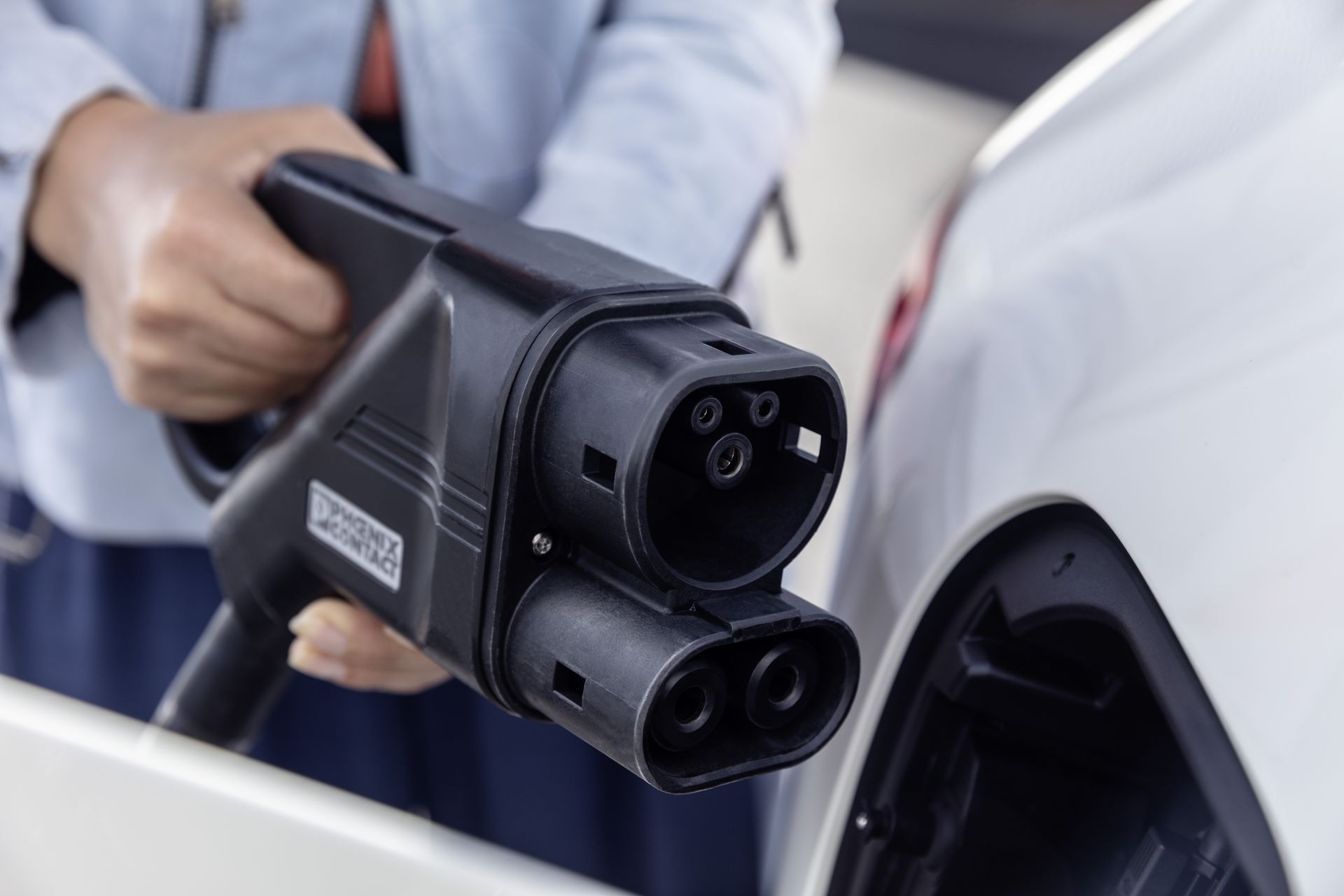58 M BY MARK KANE
Audi sets the bar for fast charging at 150 kW and there is no contender
The three latest premium all-electric SUVs/crossovers – Jaguar I-PACE, Audi e-tron (sales to begin imminently) and Mercedes-Benz EQC (technically pre-production version) showed interesting differences at the 175 kW fast charger tests performed by Fastned.
The results below could be very important for those who will often take long journeys – we would not be surprised by a difference of half hour between charging to 80%. Sadly, we don’t have data for Tesla Model X, because its full potential at Superchargers is constrained at Fastned’s station by the CHAdeMO adapters to just 50 kW. We will probably not get any new data for new models in quite some time as the 175 kW units were temporarily shut down.
Audi e-tron – 95 kWh battery, peak at around 150 kW (up to 1.6C)
First of all, the e-tron is so far in a class all its own because not only does it achieve the highest level of 150 kW, but also sustains the peak level over a wide state-of-charge window.
Together with 11 kW and 22 kW (optional) on-board three-phase chargers, the e-tron is currently #1 in terms of charging options.
“The charge speed is up to 150 kW at our 175 kW fast chargers and up to 50 kW at our other chargers. In the charge curve below you can see the charge speed at both chargers. On average the e-tron charges 100 km in 10 – 30 minutes. At a 175 kW charger the charge speed will slowly drop as of 80%. At a 50 kW charger this happens only at 98%.”
Mercedes-Benz EQC – 80 kWh battery, peak at around 110 kW (up to 1.4C)
The upcoming Mercedes-Benz EQC fits between the e-tron and I-PACE with 110 kW of peak charging power, but as you can see, the charging power decreases already at 40% state-of-charge.
“The charge speed is up to 110 kW at our 175 kW fast chargers and up to 50 kW at our other chargers. In the charge curve below you can see the charge speed at both chargers. On average the EQC charges 100 km in 15 – 30 minutes. At a 175 kW charger the charge speed will slowly drop as of 40%. At a 50 kW charger this happens as of 90%.”
Jaguar I-PACE – 90 kWh battery, peak at around 85 kW (up to 0.95C)
The Jaguar I-PACE, on the other hand, dropped the ball a little bit with 85 kW max, but maybe it will improve with some updates or next model year.
The issue is also with quickly decreasing power from around 50% SOC.
“The charge speed is up to 85 kW at our 175 kW fast chargers and 50 kW at our other chargers. In the charge curve below you can see the charge speed of the I-PACE at both chargers. On average the I-PACE charges 100 km in 15 – 30 minutes. At a 175 kW charger the charge speed will slowly drop as of 50%. At a 50 kW charger this happens as of 80%.
We understood that the I-PACE may receive a software update in Q1 2019 to enable fast charging up to 100 kW. Please check with your Jaguar dealer for more information.”
At 100 kW, the I-PACE charging rate will be up to 1.1C, still behind the EQC.
Source: Fastned
Categories: Audi, Charging, Comparison, Jaguar, Mercedes




